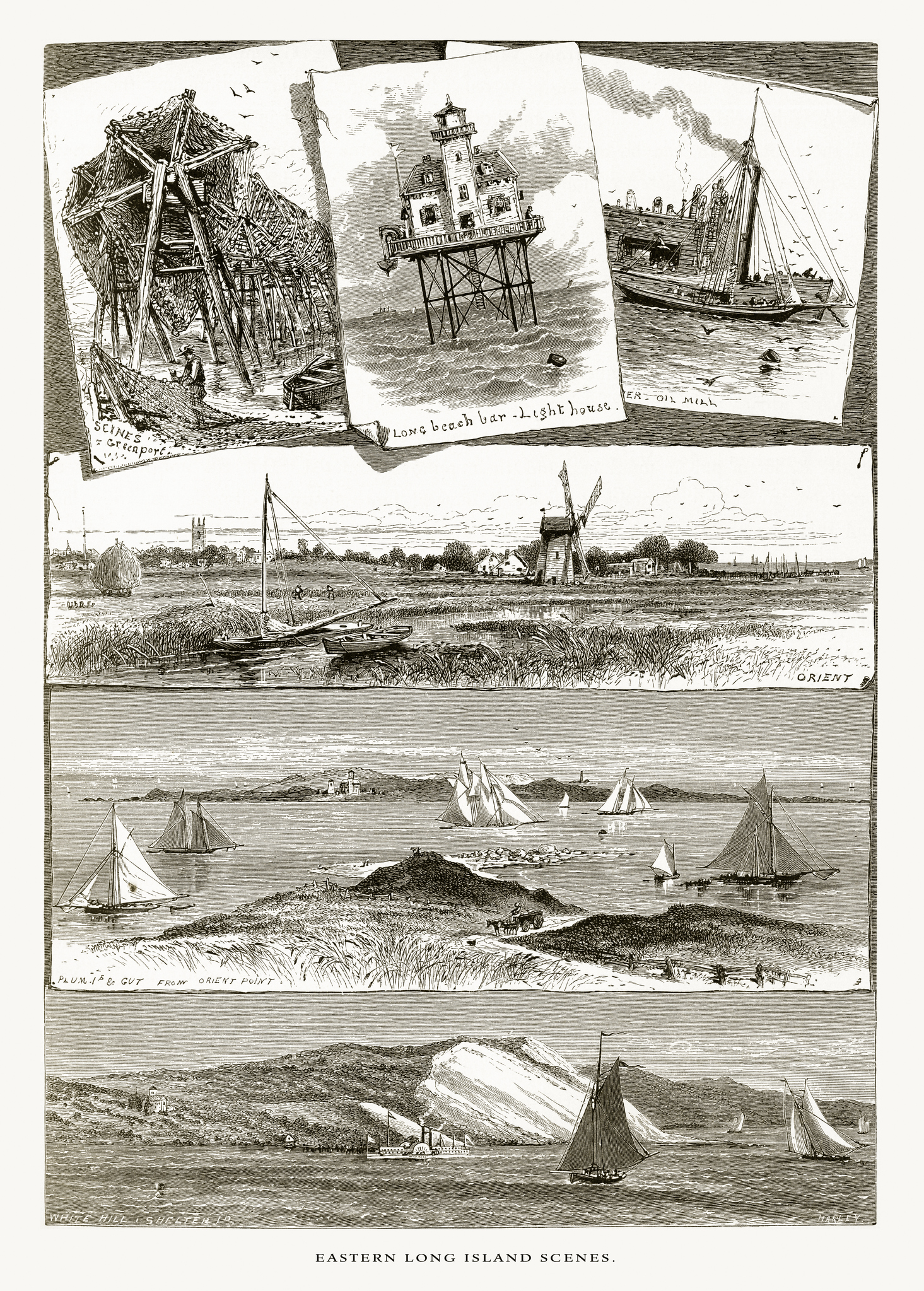Our Amazing History: Sag Harbor Invasion

Did you ever wonder if the leader of a hostile enemy force would put his finger on a map of the Hamptons and tell his men, “Okay, let’s do it.” Well, it’s happened. Four times. Guns blazing. It happened in 1640, in 1777, in 1812 and in 1942. One time in each of the last four centuries.
This column is about the invasion that happened in 1812. Read about the other invasions during the next three weeks.
The War of 1812 was started by the Americans in response to the failure of the British to agree to stop impressing American sailors at sea. Impressing meant that the British, armed, would hail American merchant ships, board them and then impress many of the American sailors – kidnap might be a better term – to become sailors in the British Navy. The American merchant ships, left with skeleton crews, were left to sail on.
In response to the American Declaration of War, the British ordered the major part of its Navy to blockade the American seaports along the Atlantic Coast and, as a special punishment, bring contingents of soldiers from the Men O’ War ashore to set these port towns on fire.
Indeed, many port towns were burned down this way. One contingent, preparing to land troops ashore to burn Baltimore, bombarded the town late at night as preparation. Watching from afar, Francis Scott Key wrote “The Star-Spangled Banner.” But what he didn’t write was that, after the Americans drove the British back off Fort McHenry with the flag still there, the British did burn Baltimore. Earlier, they had gone to Washington and burned down the White House, with President James Madison and his wife Dolley barely escaping in a stagecoach minutes before the redcoats arrived to find the dinner feast still on the dining table.
But that’s another story. At some point, a British admiral pointed a finger at a map that showed the town of Sag Harbor. The soldiers would row inland in small boats to Long Wharf, set up a defense, and burn all the ships tied up there while the Men O’ War fired cannonballs to set fire to the rest of the town.
The Americans, of course, were expecting this. They’d been told of the British successes with the port towns in the Chesapeake Bay and Connecticut River where many towns were set on fire. And they could see every day the fleet of Men O’ War anchored directly off Sag Harbor, just sitting there, waiting.
South Fork militias from Bridgehampton, East Hampton and Southampton rode to Sag Harbor and carried off women and children to safety further inland. They then set up the one cannon they had atop the nearby Turkey Hill overlooking the Long Wharf. They also posted sentries along the beaches to keep a 24-hour watch on the British fleet.
The attack began at night. The pounding from the hundreds of cannons aboard the British ships bounced heavy balls up Sag Harbor’s Main Street, through windows and thin walls. Others caused fires which were quickly extinguished.
Earlier, it had been determined that there were no cannonballs to be found in Sag Harbor to take to Turkey Hill. Instead, buckets and buckets of nails were carried up the hill to serve as charges – not to be fired at the ships of course, but at the contingent of 20 or so redcoats who, with the alarm sounded, were now in the moonlight, rowing into Long Wharf.
The British clambered onto the wharf to be immediately greeted by a hail of fire from the cannon on the hill. The British fired their rifles and a small artillery gun they’d carried ashore. With torches under the hail of nails, the British set fire to just one of the ships at the wharf, but then quickly retreated back to their rowboats for the trip back to the ships.
But they never returned. That was it. In Sag Harbor’s John Jermain Library, you can read an account of that pathetic invasion through the eyes of a Sag Harbor wife who declined the trip inland and wrote in her diary about what she saw.









